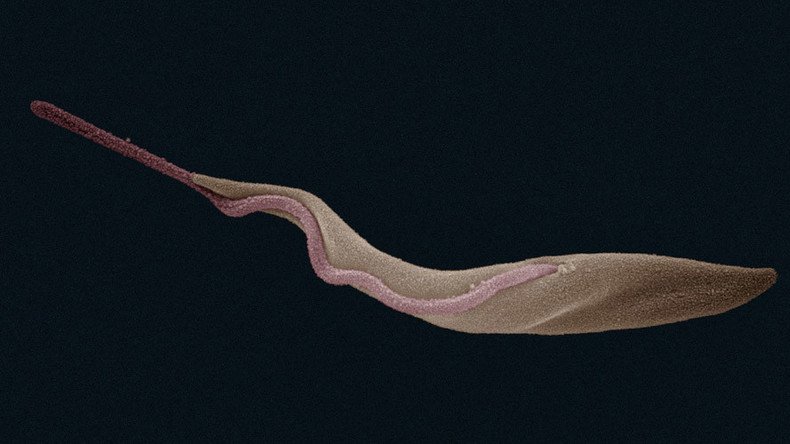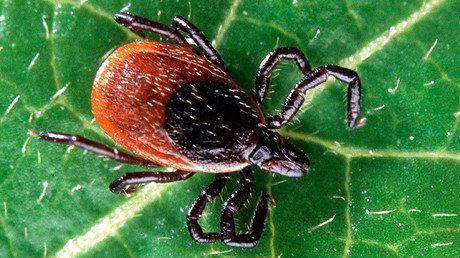Deadly sleeping sickness parasite could face extinction due to lack of libido - study

A microscopic parasite that causes deadly African sleeping sickness may be about to get its comeuppance – due to a lack of libido. The parasite, made up of asexual clones descended from one ancestor, has not had sex in more than 10,000 years, a study says.
"We've discovered that the parasite causing African sleeping sickness has existed for thousands of years without having sex and is now suffering the consequences of this strategy," Willie Weir, a bioinformatician at the University of Glasgow and the lead author of the study, said in a statement.
The parasite, known as T.b. gambiense, is spread through the tsetse fly and affects people living in rural areas in 24 countries in West and Central Africa.
But although it continues to threaten people in the region, the researchers believe its inability to have sex will eventually lead to its extinction.
"Theoretically...the predicted consequence of this is that it will become extinct in the long-term," Weir said.
This is because sexual reproduction shuffles up an organism's DNA, creating genetic diversity and eliminating undesirable mutations. This, in turn, helps the species survive.
However, because the parasite has not engaged in sex, its chromosomes have accumulated the mutations of a species that has survived by repeatedly cloning itself, according to Annette MacLeod, a senior author of the study which was published in the journal eLife.
“Essentially, the parasite compensates for its lack of sex by overwriting mutations through ‘copying and pasting’ DNA from one chromosome to another. However, our study suggests that this can only go some way to compensating for a lack of sex,” MacLeod said, adding that the parasite “cannot survive indefinitely without sex.”
Once a person is infected with the parasite, it can lie dormant for years before starting to develop. It can eventually damage the nervous system and cause a coma if left untreated. Later stages of the disease are treated using chemicals which are difficult to administer and have potentially dangerous side-effects.
But Weir and his colleagues believe the new finding could be a turning point for treatments.
"In the near to medium term...identifying this weakness in the parasite could help researchers find ways to develop new forms of treatment for sleeping sickness," Weir said.
The parasite is believed to have originally lived inside wild animals, but began infecting the human population within the last 10,000 years, as livestock farming was developing in West Africa.
The most recent outbreak of African sleeping sickness began in the 1970s and lasted until the late 1990s. Nearly 40,000 cases were reported in 1998, though experts believe another 300,000 cases went undiagnosed and untreated, according to the World Health Organization (WHO). The number of new reported infections had dropped to just over 6,000 by 2012.
The WHO has targeted the sleeping sickness for elimination as a public health problem by 2020.













